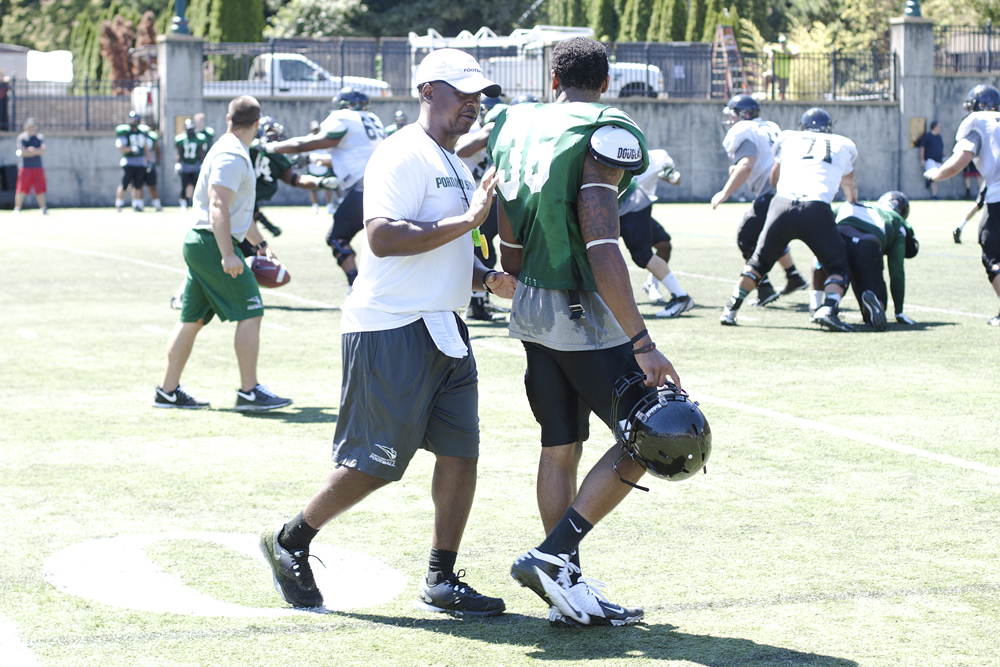What is dead money?
When a player signs on with a team in any major league sport, they are often guaranteed a certain salary depending on the length of the contract. However, in some situations, if a player is released or traded to another team, the remaining portion of that contract is still paid out.
For example, if a player signs a five-year contract with a $5 million signing bonus, $1 million of his signing bonus counts toward the team’s salary cap for each year of his five-year contract. If he is released after the second year of his contract, he receives the remaining $3 million of his signing bonus that year and the team takes the hit for that amount. That leaves the team with $2 million less to spend on players who actually play.
This existence of dead money in major league sports has worked its way into becoming standard practice in the economics of the game. Between player unions, old contract language and the industry’s inability to change something that is so heavily intertwined into the system, many believe that it is impossible to operate without the existence of dead money.
But how feasible is it for a club to pay players who aren’t on their team or even playing the sport at all?
Although the cost of dead money is fairly high, it has simply become one more expected expense teams have to pay.
Getting paid not to play
There are a number of players in almost all major sports who are getting paid to either not play at all or to oppose the very team that is paying them. There are currently three NFL teams with more than $25 million in dead money. The Indianapolis Colts have an allowance of $130 million to spend on their player’s salaries. However, almost $40 million of that money goes toward paying players who aren’t even on their team—almost 30 percent of their payroll. The Dallas Cowboys and Oakland Raiders have about the same allowance and pay close to 30 percent in dead money as well.
Peyton Manning, formerly of the NFL’s Colts, has $16 million worth of dead money that is contractually owed to him due to his release in 2012. Eleven other players have at least $5 million and will continue to have that money disbursed to them until their contract has ended.
Steve Young, however, might have gone down in history as one of the most famous cases of dead money. Before Young became a member of the San Francisco 49ers, he played in the United States Football League, a short-lived league that competed with the NFL during the 1980s. Although the NFL was enticing for Young, the USFL offered him an outrageous contract that he couldn’t refuse: $36 million spread out over a total of 43 years. That means that Young would continue to get paid out until the year 2027. Even though the league collapsed and went bankrupt soon after it began, Young struck a deal with J. William Oldenburg of the Los Angeles Express that would have guaranteed his pay throughout the contract’s full duration—except Young never funded the annuity. He could’ve gone down as the holder of the biggest dead money contract of all time. As it is, he’ll have to get by with just his ESPN salary.
Dead money in NBA advertising
Although dead money through player contracts contributes to a large portion of a sport league’s costs, it also exists with coach’s contracts, executive’s salaries and, in one case, with someone who never even worked for a league. In what many consider the greatest sports business deal of all time, Ozzie and Daniel Silna have made over $300 million from the NBA since 1974. The two are the former owners of an American Basketball Association team called the Spirits of St. Louis. After the ABA was absorbed by the NBA in 1976, the two agreed to disband their team in exchange for what seemed like nothing at the time: one-seventh of the future NBA broadcast revenues.
No one could have ever imagined how much money the NBA would make from their broadcast rights. However, in the mid 1980s, the brothers were given almost $500,000 in royalties, and in 1997, when the NBA received their first mega-contract, they were forced to pay almost $17.5 million dollars to the Silnas. Since that time, the two have been receiving about that same amount each year, which has totaled over $300 million since the contract’s inception.





